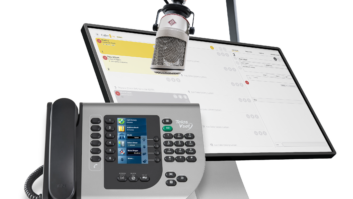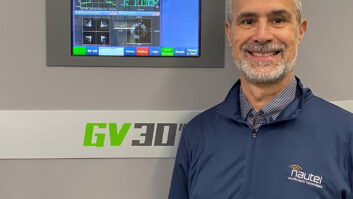
Nautel and Telos Alliance are collaborating on what they describe as a new approach to HD Radio time alignment.
They say the solution, demonstrated this week in a webinar, eliminates alignment issues “completely” by locking the FM and HD1 outputs from the audio processor through the rest of the HD Radio air chain into the transmitter.
Omnia Product Manager Geoff Steadman at Telos Alliance is quoted in the announcement saying that many vendors have engineered “complex solutions with add-on or built-in receivers that generate correction signals to attempt to minimize blending issues.” But he said such solutions can affect the signal by covering up delay drifts.
Nautel CTO Philipp Schmid said, “Our solution locks the FM and HD1 outputs at the audio processor, and keeps them locked as they pass through the remainder of the HD Radio air-chain right into the transmitter. No extra boxes, additional audio codecs, radio receivers or correction methods are needed, and the Nautel/Telos Alliance solution utilizes proven ‘Made for Radio’ standards including MPX, µMPX, and E2X.”
The solution, he said, allows a station’s HD Radio equipment to be “location-agnostic,” located either at the transmitter or the studio, without needing external time synch.
In the webinar, the companies showed Telos Alliance Omnia Enterprise 9s high-density audio processing software, Gen4 Importer/Exporter and Nautel technology running on a Nautel HD MultiCast+.
Nautel Head of Marketing John Whyte pointed out the open environment of the latter product and said the company plans to develop products based on these technologies. Nautel also announced support on HD MultiCast+ for the Telos Alliance Omnia Enterprise 9, which centralizes audio processing and virtualizes operation. It’s a tool for high-density server-based systems for customers with a large volume of signals to process.












